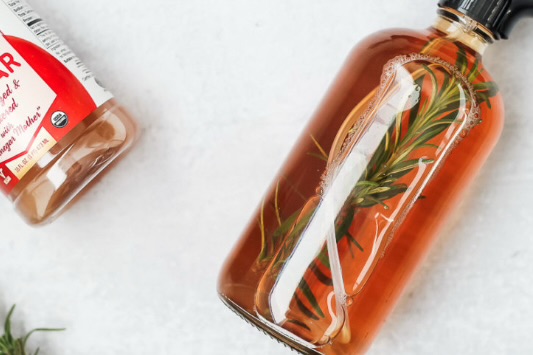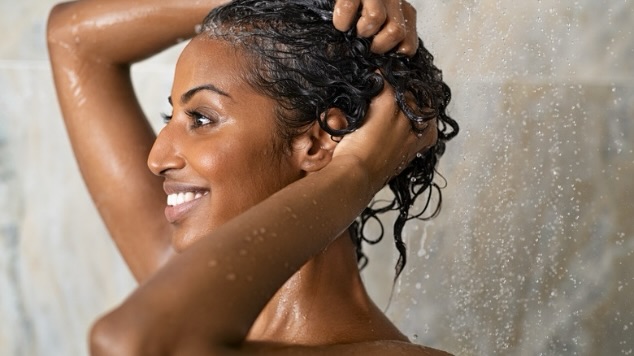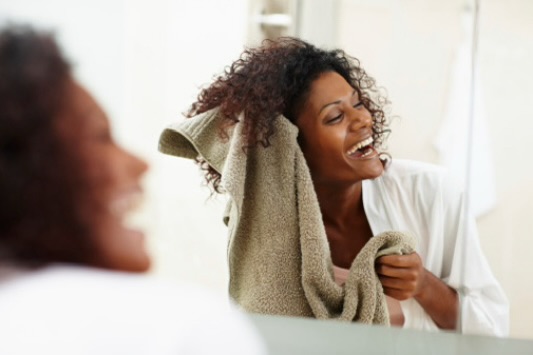If you’ve ever ventured into DIY hair coloring or searched for ways to extend the life of your dye job, chances are you’ve come across the age-old vinegar trick.
The claim? Rinsing your hair with vinegar after dyeing helps lock in the color, making it more vibrant and long-lasting. But is this beauty tip science-backed, or just another bit of beauty folklore passed down through the internet grapevine?
Here’s what we know: vinegar, especially apple cider vinegar (ACV), has a low pH, meaning it’s acidic. When hair dye is applied, the cuticle layer of your hair opens up to allow color molecules to enter. The theory is that rinsing with vinegar after dyeing helps seal the cuticle back down, locking in color and adding shine.
Sounds logical, right? In some ways, yes. An acidic rinse can help rebalance your hair’s pH after an alkaline coloring process. However, vinegar isn’t a one-size-fits-all fix. If you’re using semi-permanent or temporary dye, vinegar may actually strip away color because it’s mildly clarifying. In contrast, for permanent dyes that chemically alter the hair shaft, vinegar’s effect is minimal, most of the color has already been deposited deep into the cortex and isn’t going anywhere fast.
Also, timing matters. Using vinegar right after dyeing might irritate your scalp (especially if you experienced any tingling or burning during the dye process). Most experts recommend waiting 24 to 72 hours before introducing any acidic rinse.
So, is vinegar a miracle color-locking agent? Not exactly. While it might help with shine and pH balance in some cases, it’s not a replacement for proper color-care products like sulfate-free shampoos, conditioners made for color-treated hair, or professional post-dye treatments.
Conclusion
Vinegar has its benefits, but don’t expect it to work magic on your fresh dye job. If you’re looking for long-lasting color, focus on high-quality dye, gentle hair care, and avoiding overwashing. Vinegar can be a supporting player, but it’s definitely not the star.





